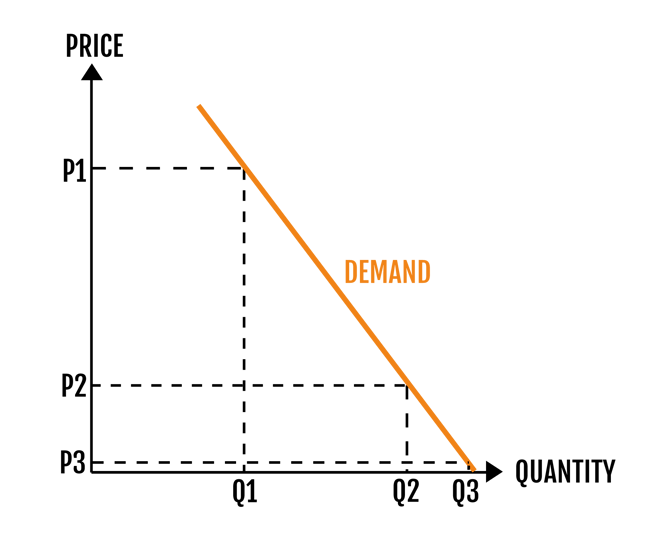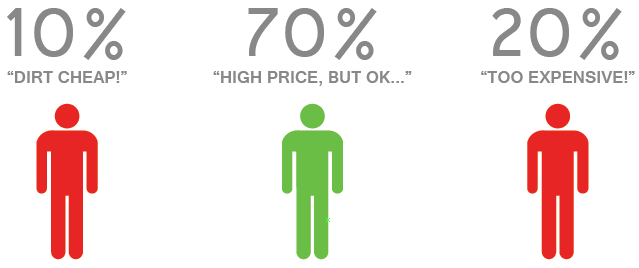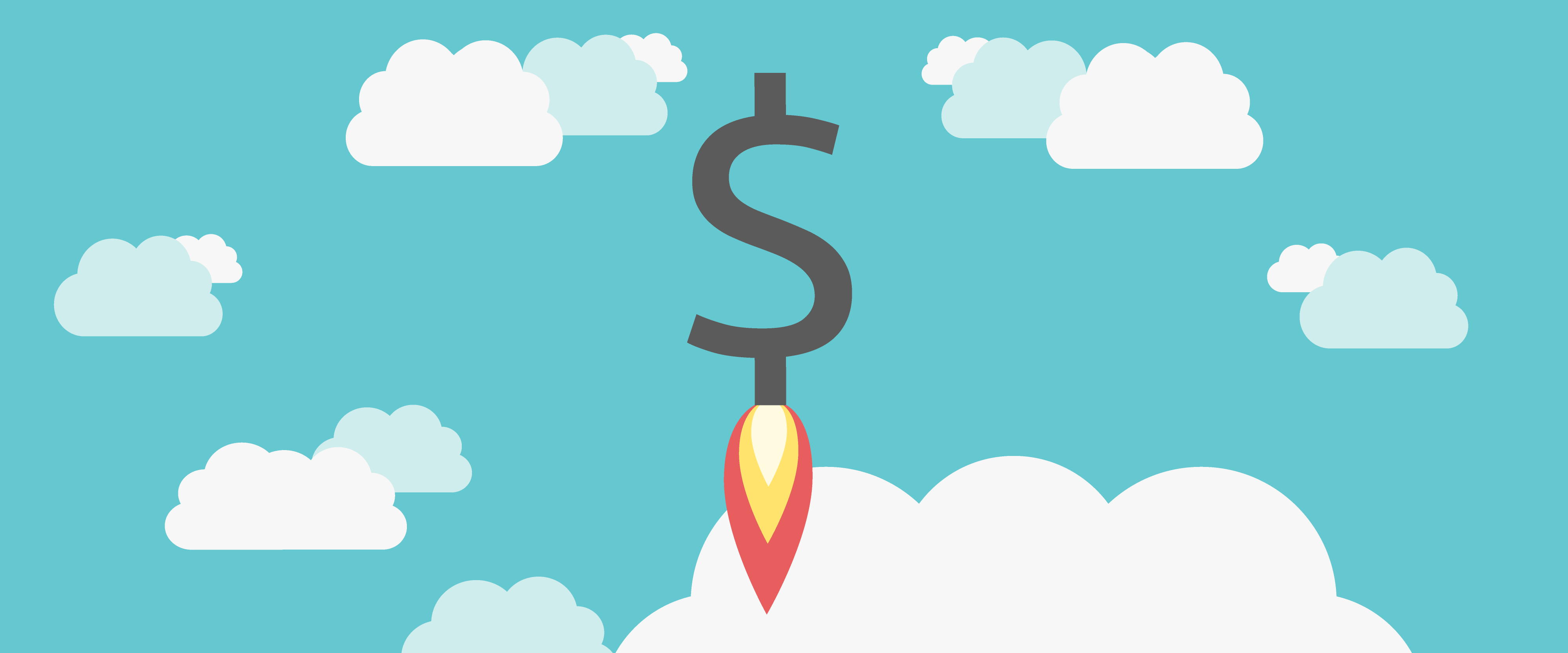I'm going to ask you to run a simple experiment: login to your website's backend, find your pricing page, and double the numbers.
If you're currently charging $10/month, make it $20. If you're charging $100, make it $200. $1,000? You guessed it: jump right to $2,000.
Sounds crazy, right? But it isn't.
You're Underpriced
Most SaaS businesses spend six hours on their pricing strategy.
That's six hours, ever. Six hours to factor in their cost structures, their competitors' pricing, the perceived value of their solution, the price sensitivity of their customers, and come up with a perfectly optimised pricing strategy.
With just six hours spent on something so complex and important, what are the chances of choosing the perfect price for their SaaS solution?
As a result, almost every single SaaS company we've worked with needed to increase their price. In some cases, they could afford to double it - in others, triple it - and in every single instance, their low price was undervaluing the kickass solution they offered.
With that in mind, here are 3 reasons to double your price:
1) Customers Should Be Challenging Your Price
If you're never challenged on price, you're undercharging for your product.
In economic theory, a high price (P1) means fewer people will be willing to buy (Q1). A low price (P2) means lots of people will buy your product (Q2).
But if your price is set so low that nobody is questioning it (P3), you have huge potential to increase that price without upsetting a significant portion of your customers.
 You can test that potential by increasing your price until 20% of would-be customers tell you you're too expensive. This type of aggresive experimentation allows you to quickly find the sweet-spot for your pricing strategy: the upper-middle range of acceptable.
You can test that potential by increasing your price until 20% of would-be customers tell you you're too expensive. This type of aggresive experimentation allows you to quickly find the sweet-spot for your pricing strategy: the upper-middle range of acceptable.
 Source: Close.io
Source: Close.io
If you're worried about alienating qualified prospects, don't be: you don't want that 20% of customers. Either they can't recognise the potential of your SaaS solution (making them less likely to get value from it anyway), or they genuinely aren't a good fit.
Either way, by increasing your price, you're ditching a handful of bad-fit customers, in exchange for increased revenue from the remaining good-fit customers.
2) Fewer Customers Isn't Always a Bad Thing
In super simple terms, if you've doubled your price, you can afford to lose up to half your customers without being worse off. And actually, there are a few inherent benefits to having fewer customers.
Easier to Reach Desired Outcomes
It's easier to get to know 20 customers than it is 40. You can afford to spend more time learning about their problems, and helping them to achieve their desired outcomes.
That translates into happier customers, longer relationships, more upselling opportunities, lower churn and higher CLTV.
Reduce Service Costs
There's always a cost to serving customers. It's one of the big problems with the freemium model: the majority of free users have to be supported by the minority of paying users.
Fewer customers means lower overheads, in terms of providing service and managing accounts. Combine that with a higher revenue per customer, and it becomes much easier to build a stable foundation of recurring revenue.
Less Volatility
Fewer customers sounds like a recipe for increased volatility, right? If you lose 1 customer in 100, you'll likely be alright: lose 1 customer in 10, you might struggle.
But actually, it's better to have a handful of right-fit, engaged users than it is to have hundreds of less ideal customers. Happy, good-fit customers (the kind that come from achieving their desired outcomes) don't churn.
Even if they did, you'd have a much better idea of when they were at risk of churning, and be in a better position to act on it.
3) Good Customers Will Be Happy to Pay More
Your SaaS pricing strategy shouldn't be determined solely by your costs, or your competitors' prices. Your price needs to be determined by the value your customers get from your solution.
That's where the 10x Rule comes into play: the idea that for every $1 your solution costs, it needs to generate $10 in value to the customer.
The 10x rule is an arbitrary number that expresses a vitally important point:
Your price can be sky-high, as long as the value your customers get from your SaaS product is an order of magnitude greater.
As long as you're confident in your solution, and its benefit to your customers, you can afford to experiment by doubling your price.
Worst case scenario, you learn a huge amount about the price sensitivity of your customers, and the value they place on your solution. Best case scenario? You've just doubled your revenue.




